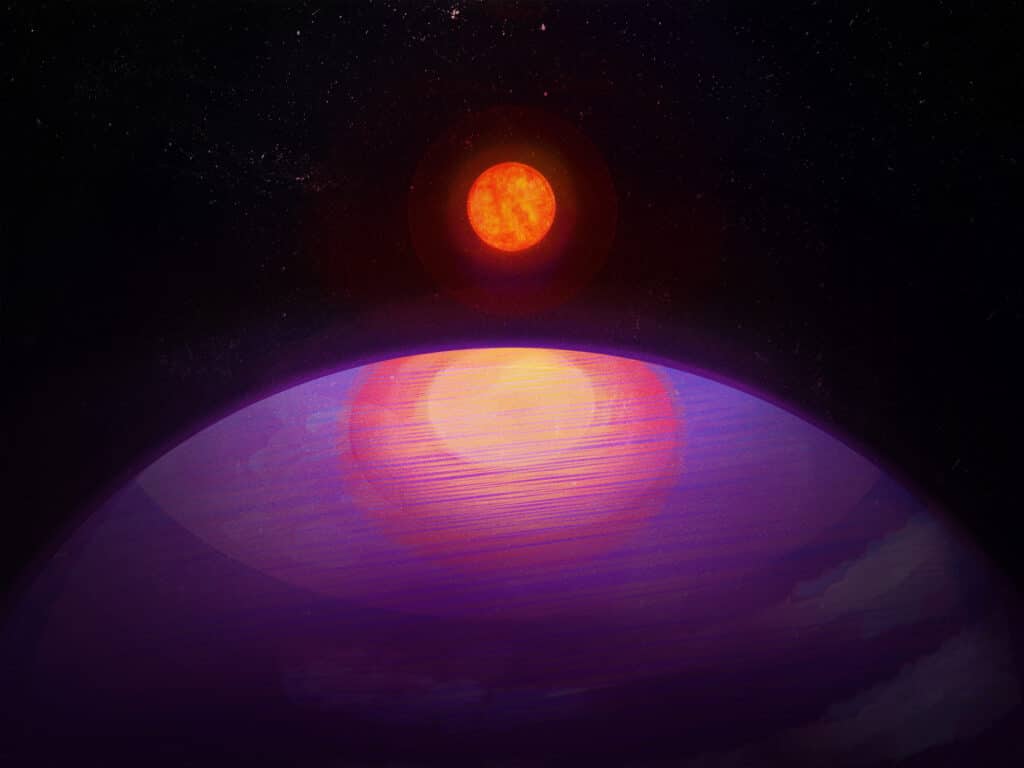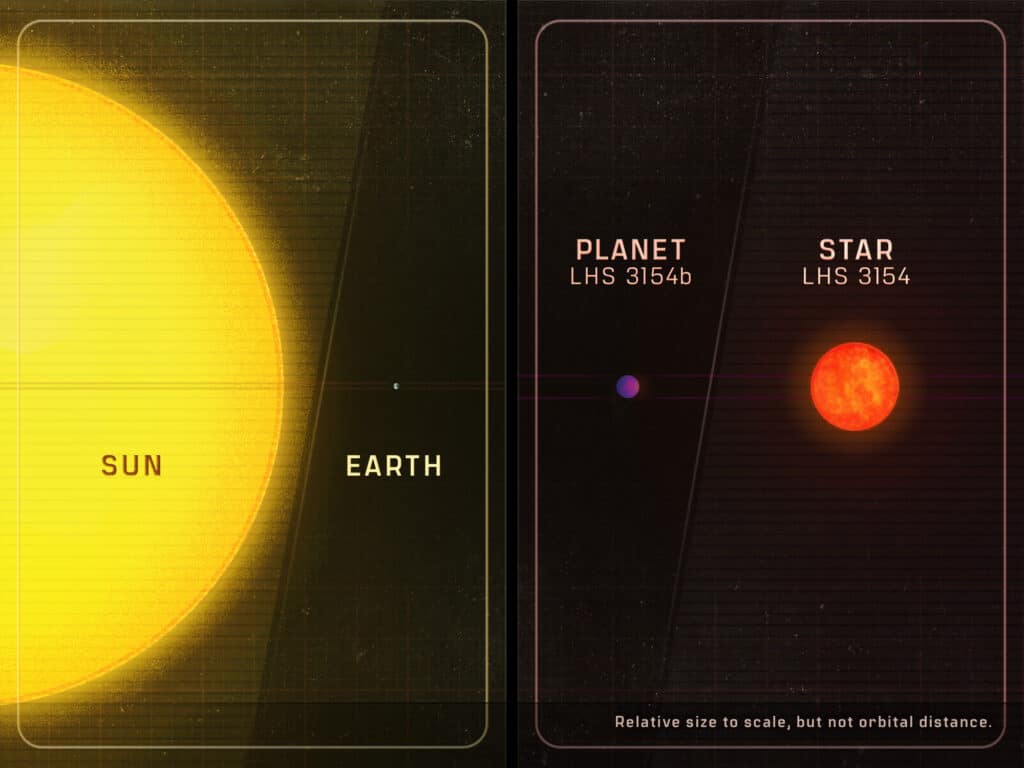Researchers at Penn State have uncovered a planet whose very existence defies current scientific models. The finding reveals a planet more than 13 times the mass of Earth orbiting an “ultracool” star, LHS 3154, which is notably nine times less massive than our sun.
The planet, named LHS 3154b, presents a mass ratio with its host star that is over 100 times higher than that of Earth and the sun. This discovery is particularly startling because it upends previous theories about how planets form around smaller stars.
“This discovery really drives home the point of just how little we know about the universe,” explains co-author Suvrath Mahadevan, the Verne M. Willaman Professor of Astronomy and Astrophysics at Penn State, in a statement.
Traditionally, it has been understood that stars form from immense clouds of gas and dust, with the residual materials potentially developing into planets. However, the mass of the newly discovered planet suggests a different story. “The planet-forming disk around the low-mass star LHS 3154 is not expected to have enough solid mass to make this planet,” Mahadevan says, indicating a need for a significant reassessment of our planet formation theories.

The discovery of LHS 3154b was made possible by the Habitable Zone Planet Finder (HPF), an astronomical spectrograph developed at Penn State. Led by Mahadevan, the HPF is designed to detect planets orbiting the coolest stars outside our solar system, which could potentially have liquid water on their surfaces.
The lower temperatures of ultracool stars, like LHS 3154, mean that habitable planets would orbit much closer to their stars compared to Earth’s distance from the sun. This proximity allows for a detectable signal, as the planet’s gravitational pull induces subtle changes in the color of the star’s spectra or light.
Guðmundur Stefánsson, NASA Sagan Fellow in Astrophysics at Princeton University and lead author on the paper, emphasizes the uniqueness of the discovery made using HPF. “Making the discovery with HPF was extra special, as it is a new instrument that we designed, developed and built from the ground-up,” he says.
This discovery, implying a heavy planetary core for LHS 3154b, suggests that the dust-mass and dust-to-gas ratio in the disk around stars like LHS 3154 during their formation stages must have been much higher than currently observed models suggest.
“What we have discovered provides an extreme test case for all existing planet formation theories,” Mahadevan concludes, underscoring the pioneering role of HPF in exploring the formation of planets around the most common stars in our galaxy.
The research paper is published in the journal Science.













I was photographing the clouds today that were covering over the sun. After looking at this area through my phone camera, I noticed a round planet orbiting next to the sun. This was no mistake, nor a mirage. It is plainly visible along side of the large sun next to it.